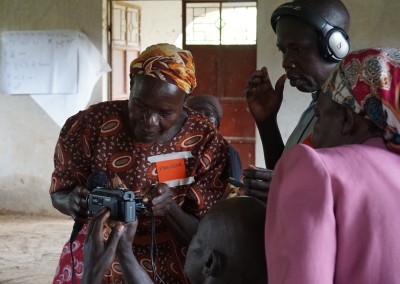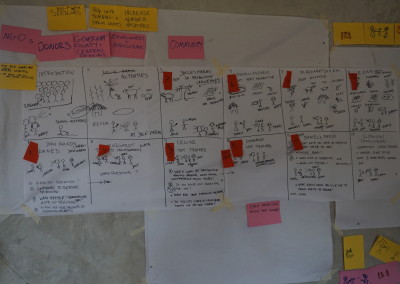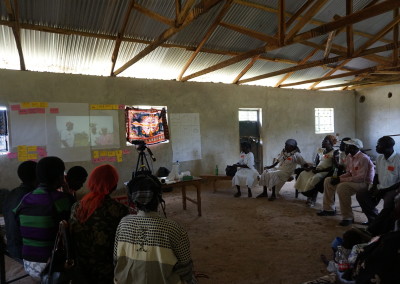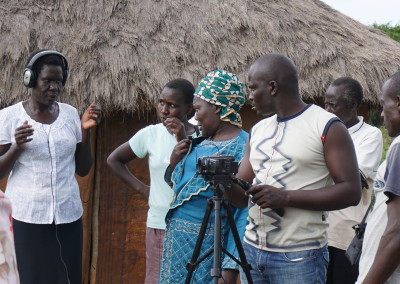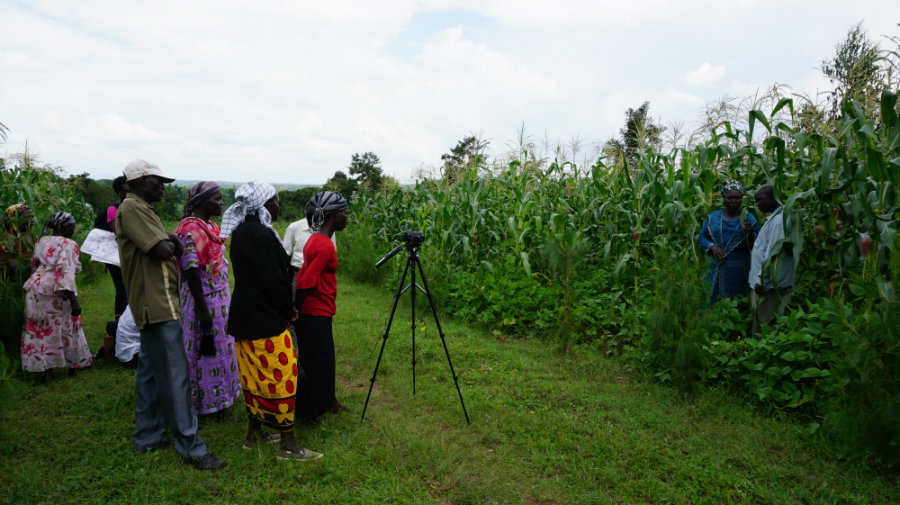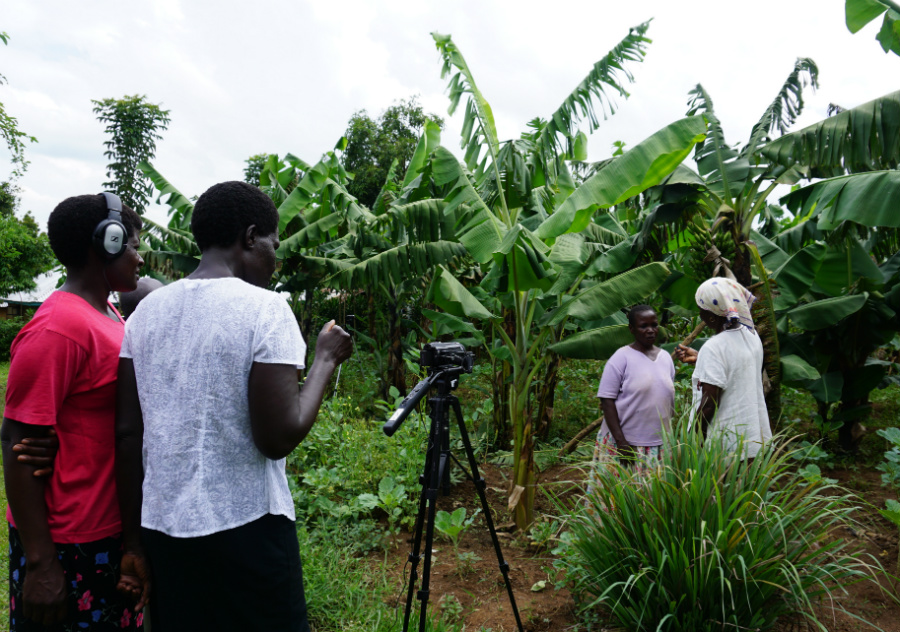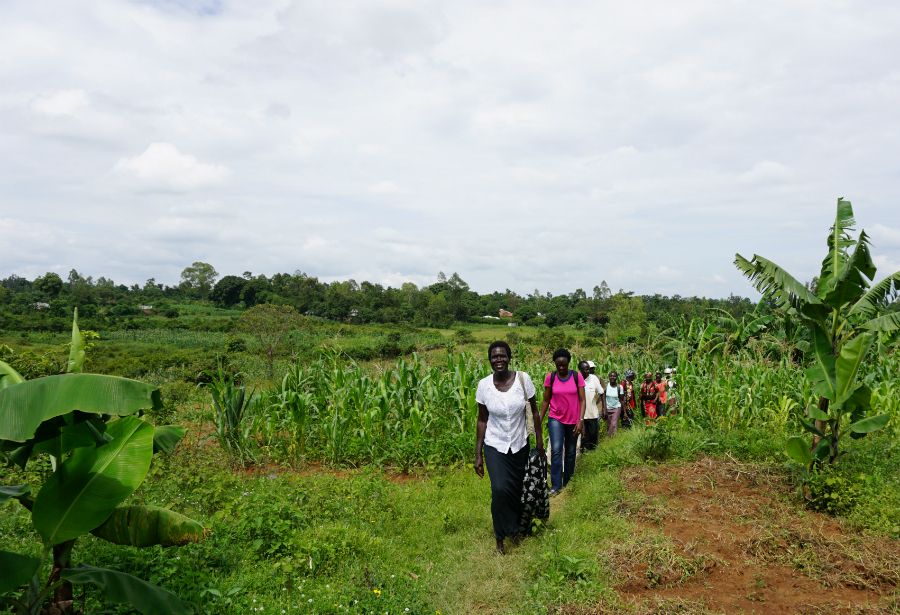Filming for change: When farmers get BEHIND the camera
How do you give a voice to those who often are not heard? Handing over a video camera and equipment may not be your first thought, but it is a fascinating possibility that leads to learning on many levels.
by | Mar 16, 2016
We wanted to learn from farmers’ perspectives around how they manage their land and soil and the related issues, needs, and challenges that affect their choices in Siaya County, Kenya. Of course we begin with some bias and some idea of what we think they will say. Through a reflexive approach, we acknowledge that we cannot entirely be free of bias since the frame of our study is limited to related issues on land and soil. We try to resist the temptation of imposing our own ideas as much as possible and hand the microphone over (literally and figuratively) to those who know best, the farmers.
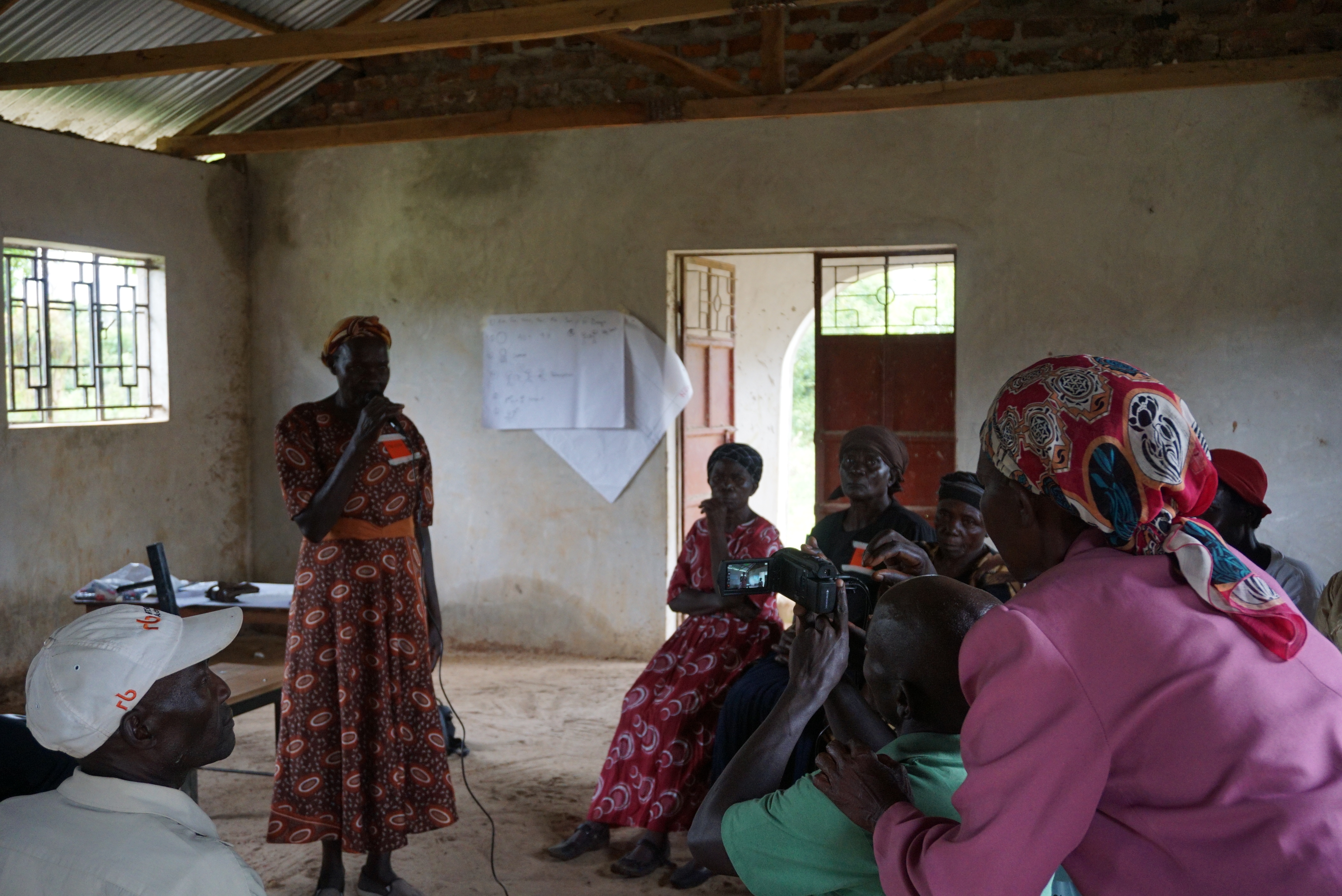
North Alego, Kenya
This process of participatory video, is exactly that, a process. It’s not so different from any other filming or story-making process including designing a story and making a film plan, but all of the leadership and decision making is handed over to the participants. From the first moments of learning the basics of how the camera and microphone work, to distilling and filming a message and story, to editing down the film to the most impactful footage, a group becomes director, producer, and actor, and takes on the heaviest responsibility of all as a representative and messenger for their (often voiceless) communities. We saw this process as an exchange between us and the participants, in a sense, it was anti-extractive. One participant described the process as empowering because she learned to use the camera and ways to improve her farm.
19 farmers in North Alego, Kenya spent 6 days together in a small local church to make this film together.
The film presents diverse farming systems reflective of the region and many of the challenges these farmers face, and their plans and aspirations for the future. From fish ponds, maize fields, bananas, to dairy cows, the farmers share their insights and ask each other probing questions in a series of interviews. The group emphasizes the importance of training and information sharing and the role it plays in addressing the myriad challenges they face.
The farmers help the audience make the link between training and information sharing and basic needs such as paying school fees. Those who have learned interesting methods, been inspired to innovate, and tested their learning have been able to pay their children’s school fees. It is a nice story, but it doesn’t stop there. In many cases, “Earnings [from the farm] are barely sufficient and most of it goes to paying school fees,” and leaves only some left for buying fertilizer and manure or other important farm investments. The farmers call for more learning together from one another, from organizations, government extension, and others to help find ways to increase yields, expand and diversify their farming, and reap more livelihood benefits.
They also explore different ways that training and information spread throughout the community, asking all the interviewees where they learned their techniques and how they would like to share their own knowledge. Ultimately they sing a chorus of welcoming more training, and to provide training to those who want to learn from them on their farms on a variety of topics: soil management, agronomic practices, and dairy production.
The directors also want the audience to know that information alone is not sufficient for real change and tried to encourage fellow farmers to think about what they themselves or their community can do. For example, a farmer shares that he decided to plant bananas after learning best practices from a neighbor in order to prevent soil erosion, for food, and to sell them for cash to re-invest in his farm.
Problem Solving
Problem solving in action as team members come to help anyone who struggles with the equipment, offering suggestions and ultimately solutions
Film Plan
The film plan is illustrated with drawings of each role for every scene to ensure everyone had a chance to be the director, sound tech, “news reporter”
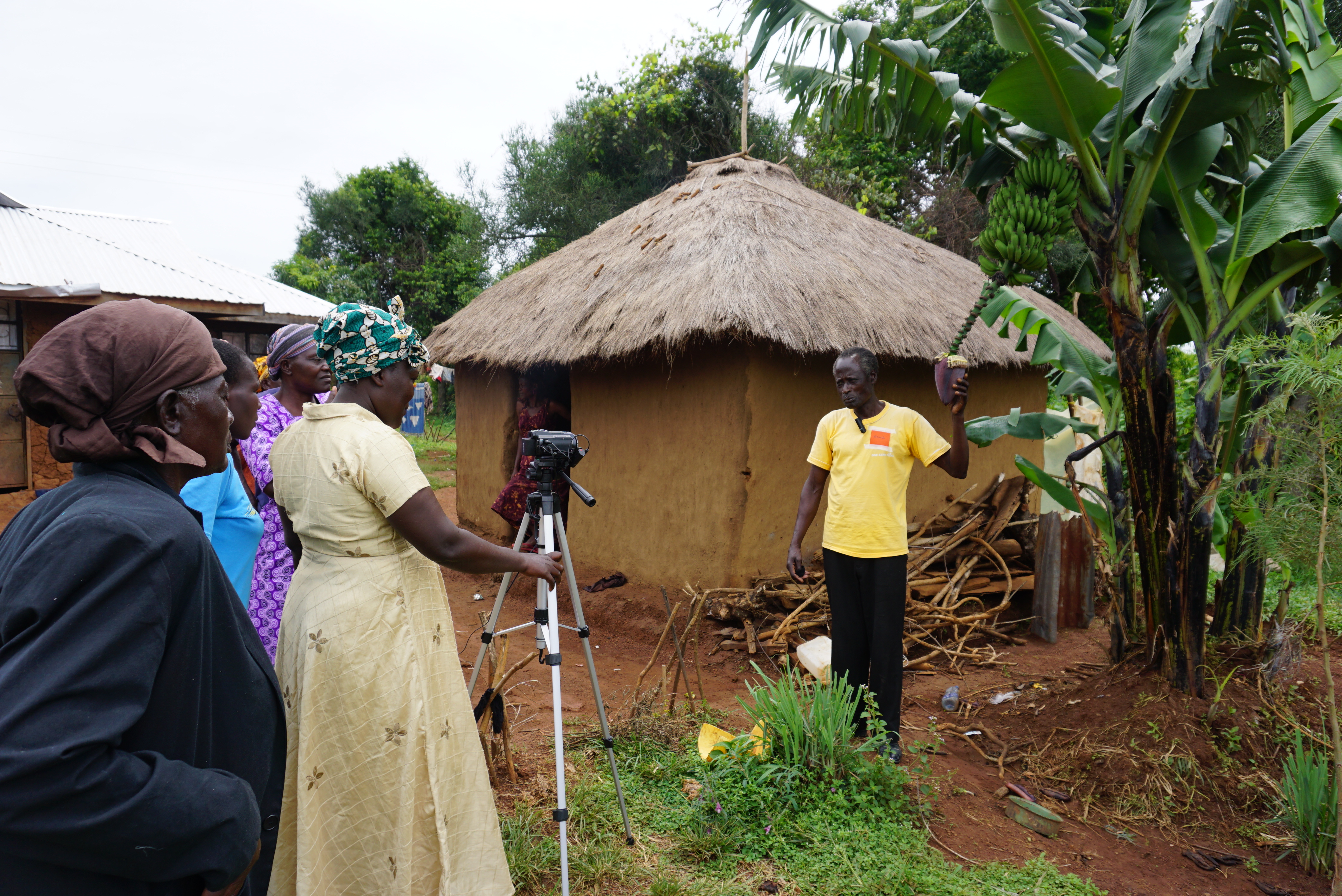
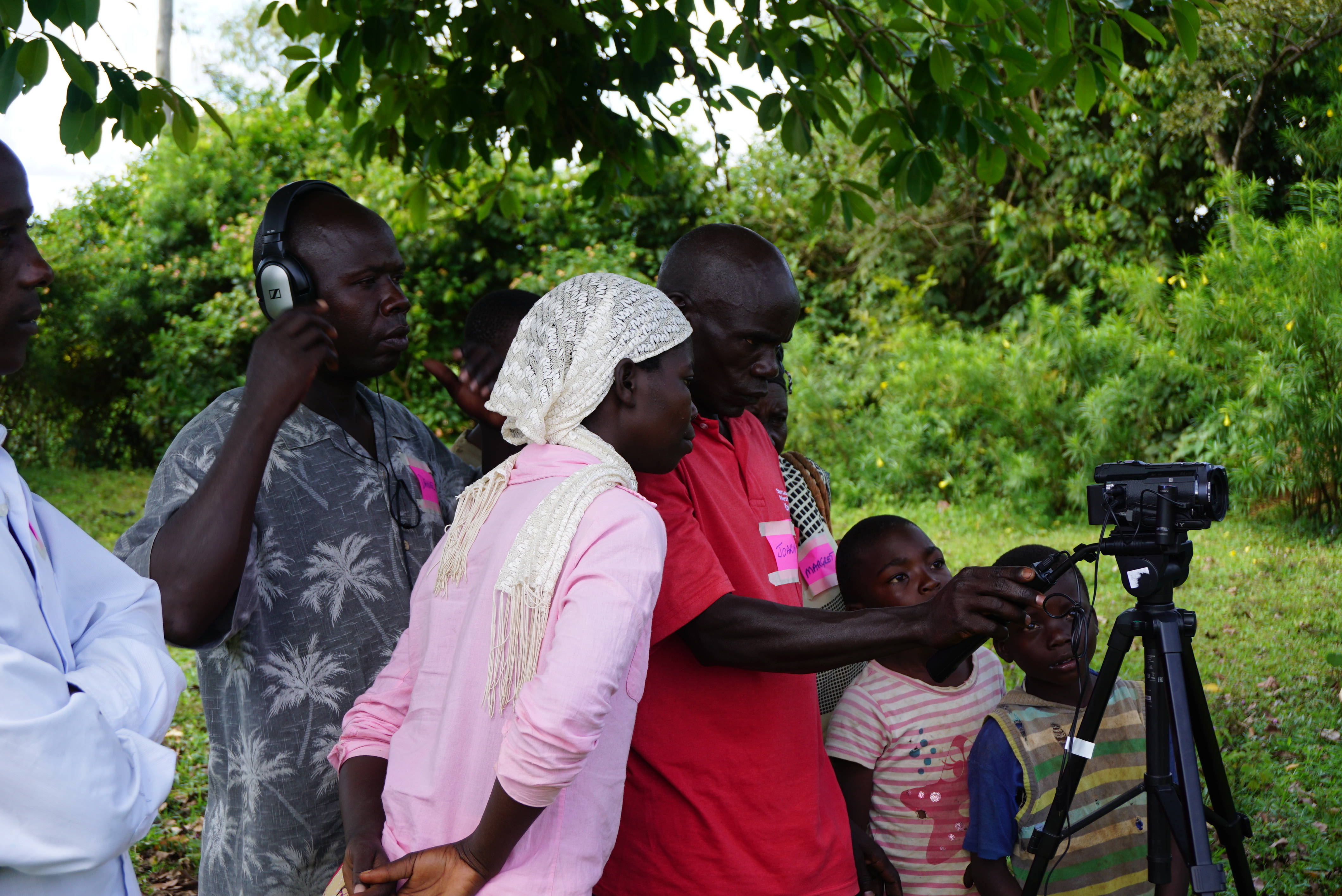
“I wasn’t confident at first with the microphone or camera but now I feel much more confident, and see, I can even stand in front of you and speak!”
Caren Achieng OdourThe participatory video process culminated with a community screening where neighbors of the new film ‘stars’ could give their reactions and input. The message on training and knowledge sharing rang true with an echoed call from the community for more influx of demand-driven information and training as it has the potential to be passed on to others to increase impact.
The process was also empowering at a personal level for participants. For example Caren Achieng Odour, who was generally quiet, got up in front of the crowd quite excited. She said “I wasn’t confident at first with the microphone or camera but now I feel much more confident, and see, I can even stand in front of you and speak!”
We also learned from the process. We learned to restrain our voices and not to impose our ideas on the participants. The process was an exchange between us and the participants. We gave them the equipment and they gave us their story to share.
- Photos by Juliet Braslow/CIAT
This participatory video process was made possible by:
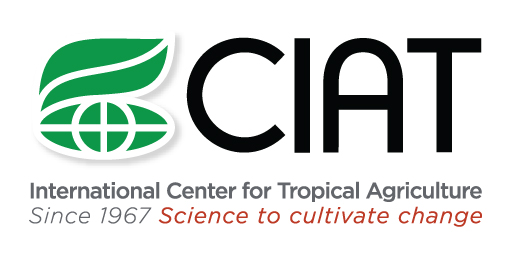
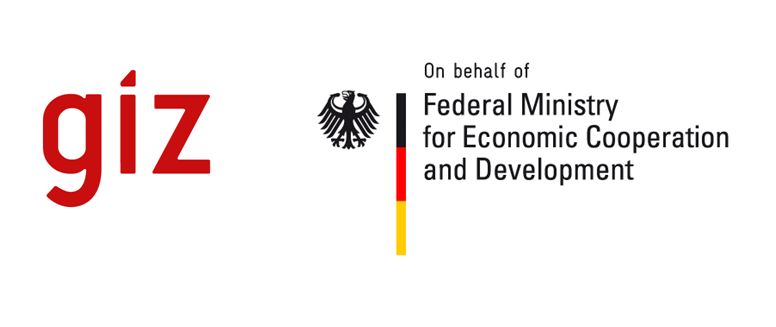
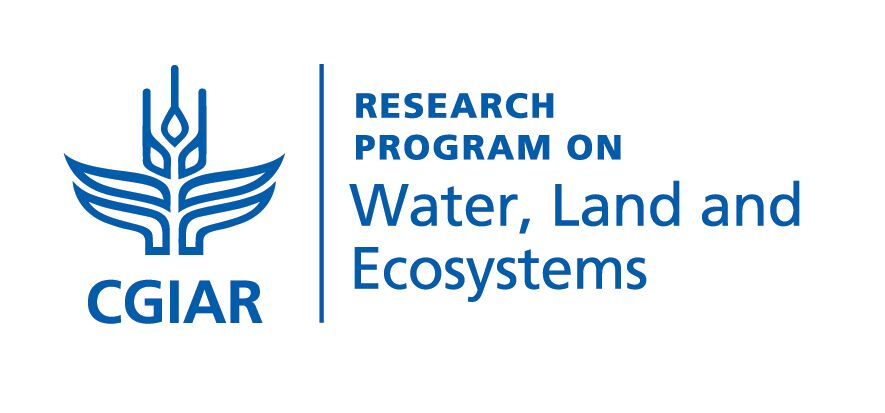
Scoping studies on soil research and management
In recent years, soil degradation and its impact on food security has gotten significant attention internationally. The German Ministry for Economic Cooperation and Development BMZ commissioned the Deutsche Gesellschaft für Internationale Zusammenarbeit (GIZ) to initiate the Soil protection and Rehabilitation for Food Security program on behalf of BMZ as one component of the Special Initiative One World No Hunger. This program invests into rehabilitation of degraded soils and soil conserving agricultural management practices, and supports policy development with regard to rehabilitation, soil information, and extension systems in Kenya, Ethiopia, Benin, Burkina Faso and India.
In order to ensure that the current state-of-the-art of soil research is reflected in this new German development cooperation effort, a scoping study was undertaken by CIAT to summarize major trends of the last two decades in soil research and to inform roll out of methodologies and approaches, development of quantitative indicators and targets, and help position new efforts within national institutional frameworks.
The authors of this post:
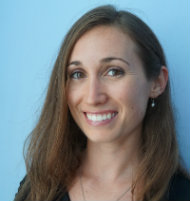
Juliet Braslow
Soils Research Area Coordinator
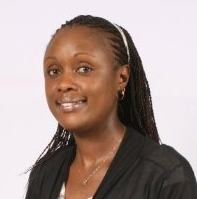
Wendy Okolo
Gender Specialist

